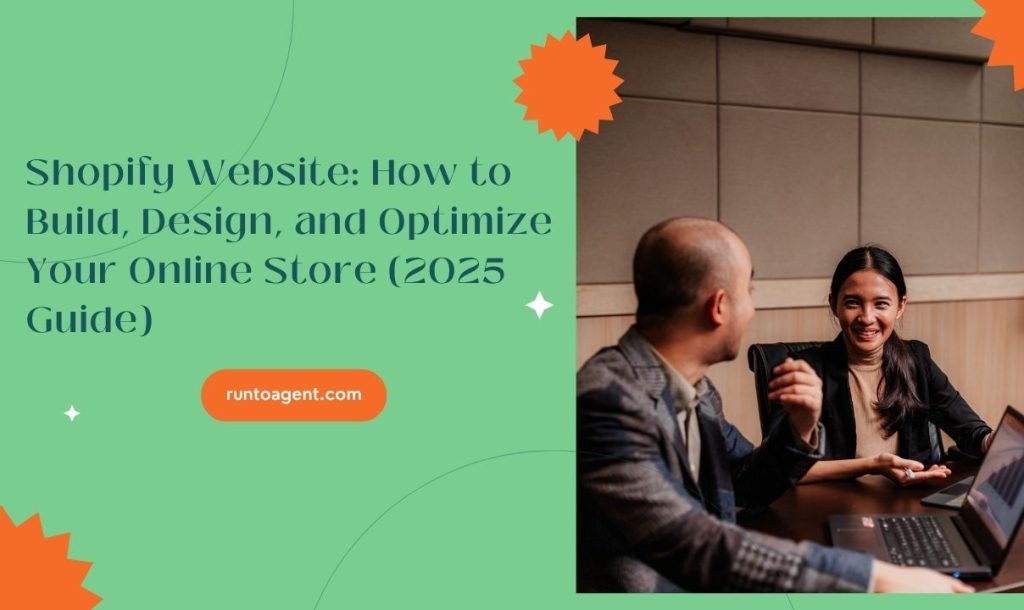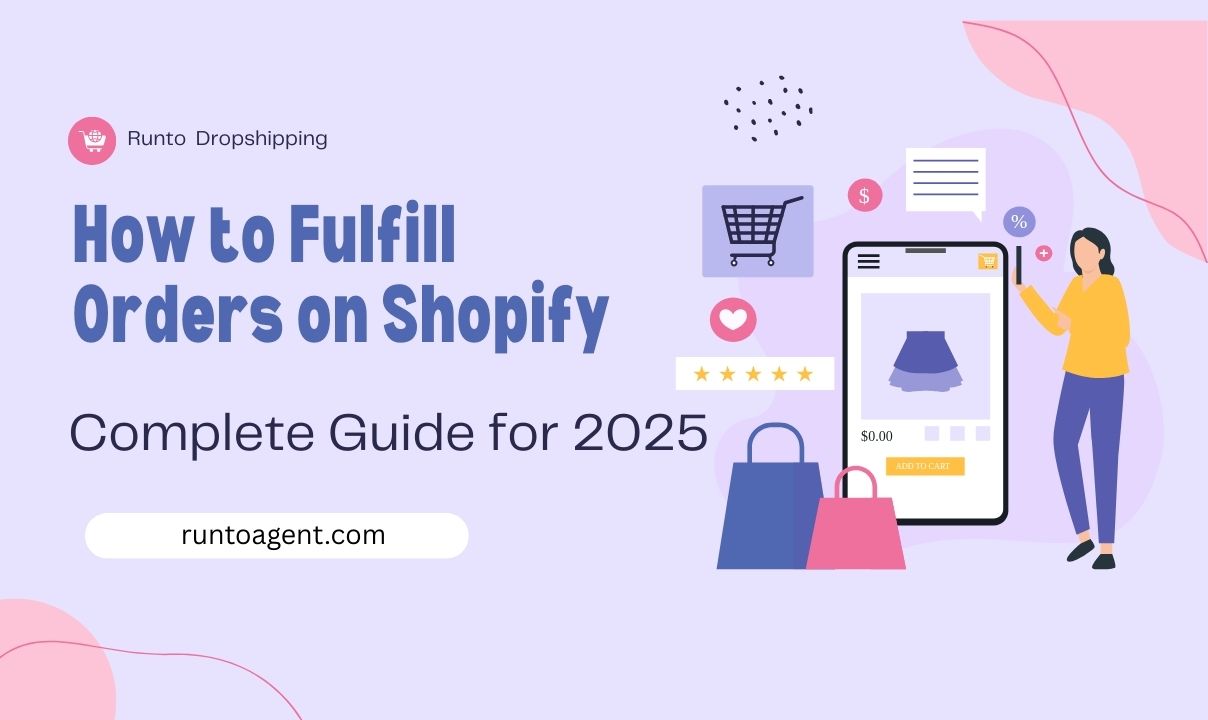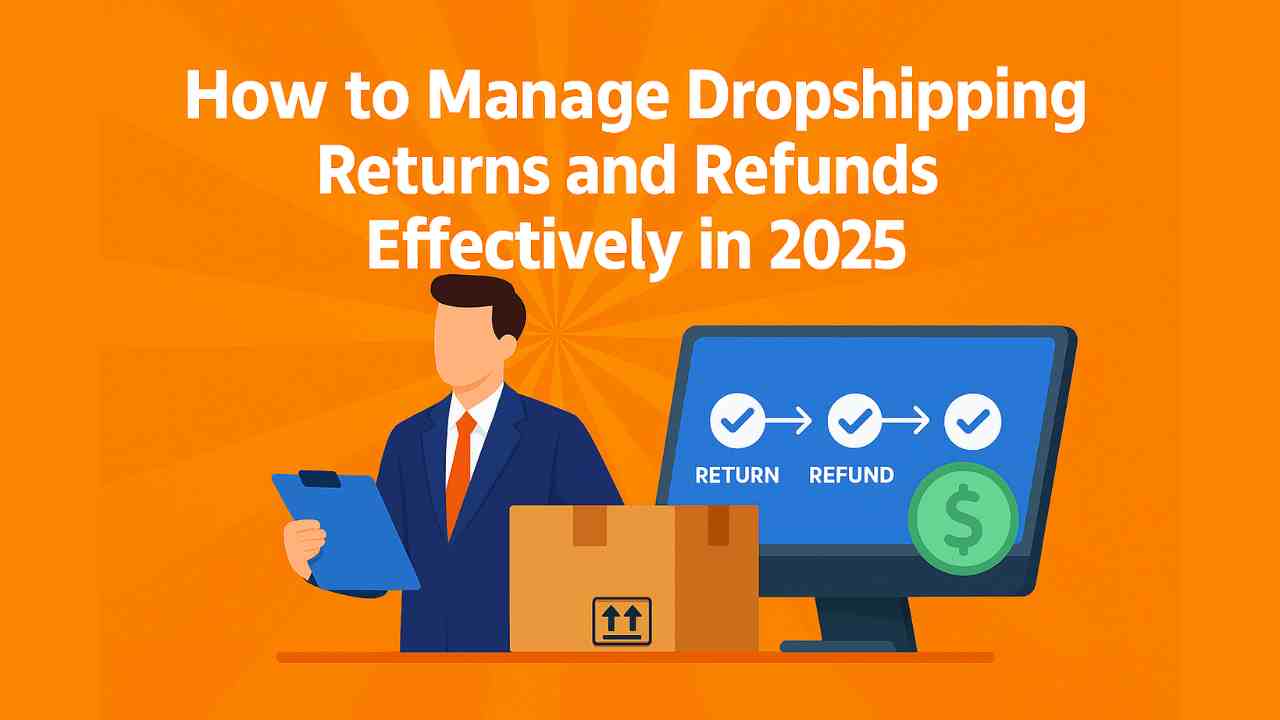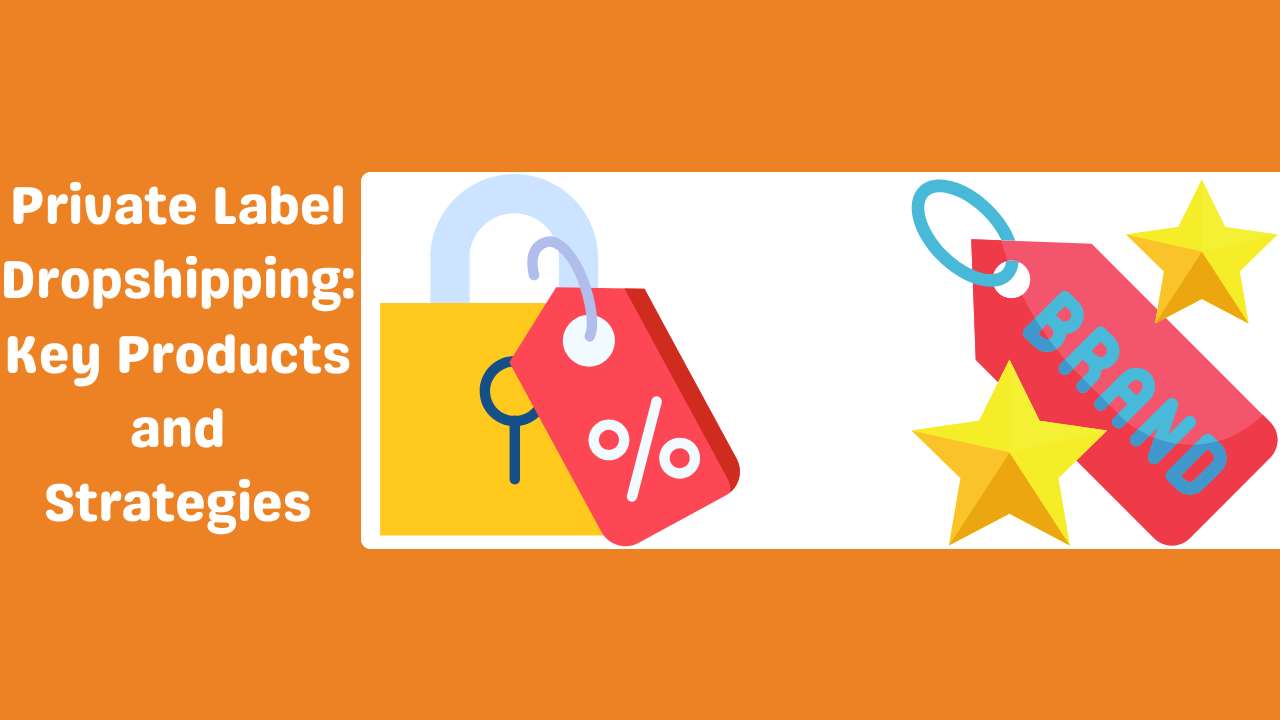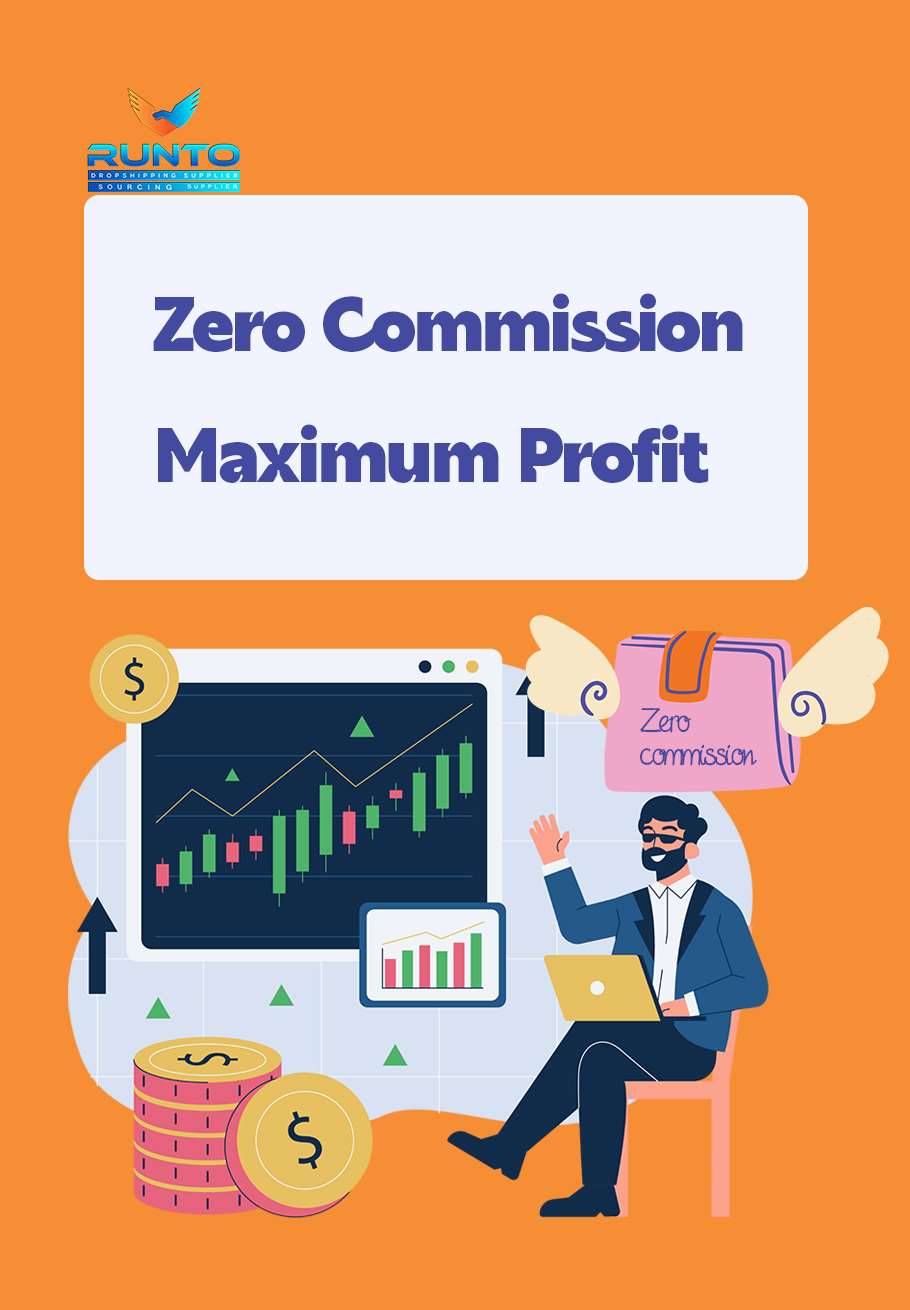Introduction: From Idea to Empire
You have a brilliant product idea or a burning passion for dropshipping, but the thought of building a professional online store is daunting. You’re worried about the technical hurdles, the high costs of web development, and the paralyzing risk of creating a site that fails to attract customers or make a single sale.
Here’s the problem. Launching an amateurish website is worse than launching no site at all. It can lead to wasted time, squandered marketing budgets, and a damaged brand reputation before you even get started. Every day spent struggling with complex code or a poorly designed store is a day your competitors are capturing market share, leaving you behind.
But what if there was a better way? Shopify provides a powerful, all-in-one solution that empowers entrepreneurs to build stunning, high-converting online stores without needing to be a tech wizard. This guide is your complete roadmap for 2025. We’ll walk you through every single step of the process—from the initial click to a fully optimized, sales-generating machine.
For an overview of the tools behind this, check out the official Shopify website builder and how it streamlines design, payments, and checkout for modern brands.
What Is a Shopify Website, and Why Is It the Top Choice for E-commerce?
A Shopify website is a complete e-commerce solution powered by the Shopify platform, a subscription-based service that allows anyone to set up an online store and sell their products. It is a fully hosted, all-in-one commerce platform, meaning that for a single monthly fee, it provides you with the software, hosting, security, and core features needed to run a business online.
Unlike self-hosted solutions like WooCommerce, which require you to manage your own server space and piece together security plugins, Shopify handles all the technical heavy lifting. This includes server maintenance, automatic software updates, and PCI compliance for secure payments. You don’t just get a storefront; you get a robust, centralized ecosystem designed for one purpose: driving sales.
If you’re still deciding what to sell and how to fulfill orders, start with our deep dive into the Shopify dropshipping model and see how the business mechanics work behind the storefront.
Top 5 Reasons Businesses Choose Shopify in 2025
Wondering why Shopify has become the gold standard for everyone from startups to household names? The reasons are clear, practical, and focused on business growth.
- Unmatched Ease of Use: Shopify’s interface is celebrated for its intuitive design. It’s built for business owners, not developers. From adding products to customizing your storefront, every process is streamlined, allowing you to focus on your brand and customers instead of wrestling with code.
- Scalability That Grows With You: Whether you’re making your first sale or processing thousands of orders an hour, the platform grows with you. A startup can begin on a basic plan and seamlessly upgrade to Shopify Plus—the enterprise-level solution—as their business expands, without ever needing to replatform.
- A Powerful App Ecosystem: The Shopify App Store is a genuine game-changer. With over 8,000 apps, you can add virtually any feature imaginable to your store—from advanced email marketing and customer loyalty programs to sophisticated analytics and dropshipping automation. It’s like having a team of developers on call to build custom solutions for you.
- Rock-Solid Security and Reliability: In e-commerce, trust is everything. Shopify provides a free SSL certificate for your store, ensures Level 1 PCI DSS compliance for handling credit card data, and guarantees 99.9% uptime. This means your site is secure, trustworthy, and always open for business.
- Integrated Sales Channels: Your customers are everywhere, and your store should be too. Shopify allows you to sell products wherever your customers browse and shop. Seamlessly integrate your store with social media platforms like Facebook and Instagram, online marketplaces like Amazon and eBay, and even physical locations using Shopify POS (Point of Sale).
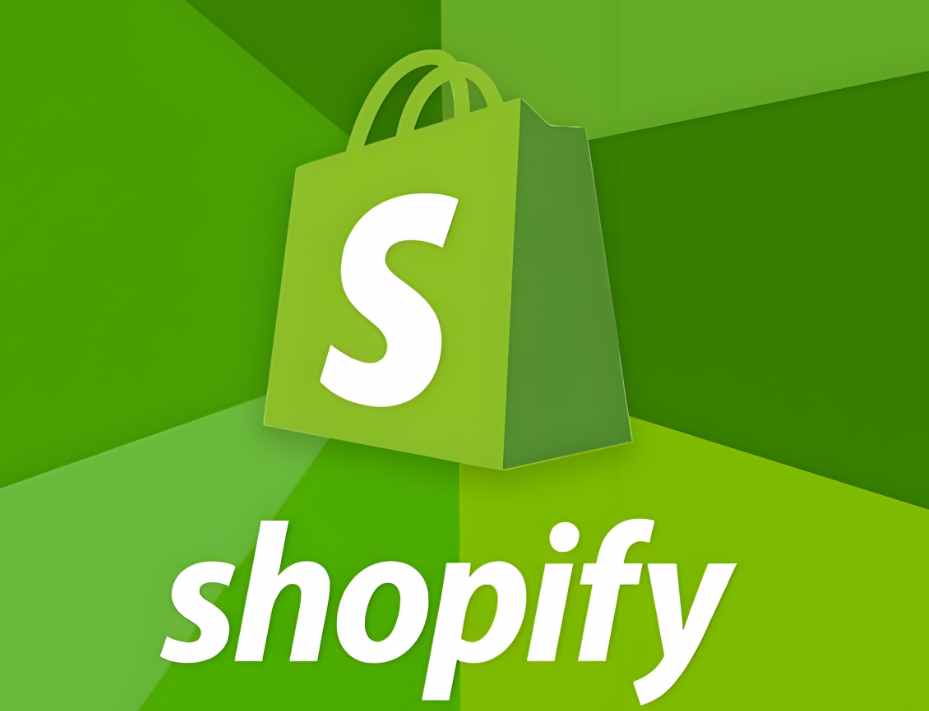
How Do You Build a Shopify Website From Scratch? (A Step-by-Step Guide)
Ready to get started? Building your Shopify store is a straightforward process. Follow these four core steps to take your business from an idea to a fully functional online store ready to make sales.
Step 1: Start Your Shopify Free Trial and Initial Setup
Your path to launching begins at Shopify.com. The platform typically offers a free trial, giving you ample time to build your store and test its features before committing to a paid plan.
- Sign Up: Click to start your free trial. You’ll be prompted to enter your email, create a password, and choose a store name.
- Choose a Store Name: This initial name will become your default
your-store-name.myshopify.comURL. Don’t overthink it; you will add a professional custom domain later. Make it memorable and related to your brand.
- Initial Backend Walkthrough: Once inside, Shopify will ask a few simple questions about your business to help tailor the setup experience. You’ll then land on your main dashboard. This is your command center for everything from adding products to tracking orders.
Step 2: Add Your First Products
An e-commerce store is nothing without products. Adding them is one of the first and most important tasks you’ll undertake. Navigate to Products in the left-hand menu and click Add product.
Here are the key fields to master:
- Product Title: Be clear, descriptive, and keyword-rich. Think like a customer. Use “Men’s Waterproof Leather Hiking Boots” instead of just “Brown Boots.”
- Product Description: This is your sales pitch. Go beyond basic specs. Tell a story, highlight benefits, and answer potential questions. Use bullet points for scannability and focus on how the product solves a problem for the customer.
- High-Quality Product Photography: This is non-negotiable. Your photos do most of the selling. Upload multiple high-resolution images showing the product from different angles, in use, and with scale references.
- Pricing, SKUs, and Inventory: Set your price and, if applicable, a “Compare at price” to show a discount. Use SKUs (Stock Keeping Units) to track your products internally, and enable inventory tracking to prevent selling out-of-stock items.
- Variants: If your product comes in different options like sizes, materials, or colors, add them as variants. Shopify automatically creates a unique SKU for each combination, which is essential for accurate inventory management.
Step 3: Configure Your Core Store Settings
Before you launch, you need to configure the business engine of your store. Click on Settings in the bottom-left corner of your dashboard.
Here is a checklist of the essentials:
- Payment Gateways: Activate Shopify Payments to accept major credit cards instantly. It’s the simplest and often most cost-effective option, with no additional transaction fees from Shopify. You can also add third-party options like PayPal and Amazon Pay to offer customers more choice.
- Shipping & Delivery: This is crucial. Decide on your shipping strategy: will you offer free shipping, flat-rate shipping per order, or real-time calculated rates from carriers like USPS or DHL? Set up different shipping zones for domestic and international customers with their respective rates.
- Checkout Process: Review and customize the checkout experience. You can decide whether customer accounts are required, optional, or disabled. A streamlined, guest-checkout option is often best for maximizing conversions.
- Taxes: For most regions, Shopify automatically calculates sales tax based on your location and your customer’s. However, tax laws are complex. It’s always wise to review these settings and consult with a tax professional to ensure compliance.
Step 4: Connect Your Custom Domain
While your-store.myshopify.com is fine for development, a custom domain (e.g., yourbrand.com ) is absolutely essential for building a legitimate and trustworthy brand. It tells customers you are a serious business.

You have two options within Shopify’s Settings > Domains menu:
- Buy a new domain through Shopify: This is the simplest method, as the domain will be configured automatically to work with your store.
- Connect an existing domain: If you already own a domain from a provider like GoDaddy or Namecheap, Shopify provides clear, step-by-step instructions for pointing it to your new store.
How Can You Design and Customize Your Shopify Store for Conversions?
With the technical setup complete, it’s time for the creative part: designing a store that not only looks great but is engineered to convert visitors into customers. A strong brand identity and a seamless user experience (UX) are key drivers of sales.
Choosing the Right Theme: Free vs. Premium
Your Shopify theme is the template that defines the visual identity and functionality of your store. Shopify offers a range of both free and paid (premium) themes. The right choice depends on your budget, brand, and technical needs.
Think about it: Your theme is the foundation of your customer’s first impression.
| Feature | Free Themes | Premium Themes |
|---|---|---|
| Cost | $0 | 180−180 – 180−350+ (one-time purchase) |
| Design | Clean, minimalist, and perfect for startups and validating a new idea. | Advanced, feature-rich, and designed for high visual impact and branding. |
| Features | All core e-commerce functionality is included for selling. | Often include built-in features like mega menus, video sections, and advanced filters. |
| Support | Support is provided by the main Shopify support team. | You get dedicated, priority support directly from the theme’s developer. |
For beginners, starting with a fast, modern free theme like Dawn or Sense is a fantastic way to learn the ropes without any financial commitment.
Mastering the Shopify Theme Editor
Once you’ve chosen a theme, you can customize it using Shopify’s intuitive drag-and-drop theme editor. Go to Online Store > Themes and click Customize. This editor allows you to visually build and modify your pages section by section without touching a single line of code.
Here are a few tips for customizing key sections:
- Homepage Layout: This is your digital storefront. Use a high-impact hero banner with a clear call-to-action (CTA) that directs visitors to your main product collection. Add sections for featured products, customer testimonials, and brand storytelling to build trust.
- Color Schemes and Typography: Go to Theme settings. Adjust the colors and fonts to perfectly match your brand guide. Consistency in visual elements builds brand recognition and professionalism.
- Header and Footer Navigation: The header is prime real estate for your main menu and logo. Keep your navigation simple and logical. The footer should contain links to important policy pages, social media, and contact information.
Creating Essential Pages for Trust and Navigation
A trustworthy store is more than just product pages. You must provide customers with key information that builds confidence in your brand and removes purchase anxiety.
Create these must-have pages under Online Store > Pages:
- About Us: Don’t skip this. Tell your brand’s story. Why did you start this business? What makes you different? This is your chance to connect with customers on a human level and differentiate yourself from faceless competitors.
- Contact Us: Make it incredibly easy for customers to get help. Include an email address, a contact form, and, if applicable, a business phone number or physical address. Quick access to support is a major trust signal.
- FAQ (Frequently Asked Questions): Proactively answer common questions about shipping times, return processes, product care, and payment options. This saves you countless hours on customer support and removes friction from the buying process.
- Policy Pages: Use Shopify’s built-in templates (found in Settings > Policies) to quickly generate your Shipping Policy, Return/Refund Policy, Privacy Policy, and Terms of Service. These are essential for legal compliance and customer transparency.
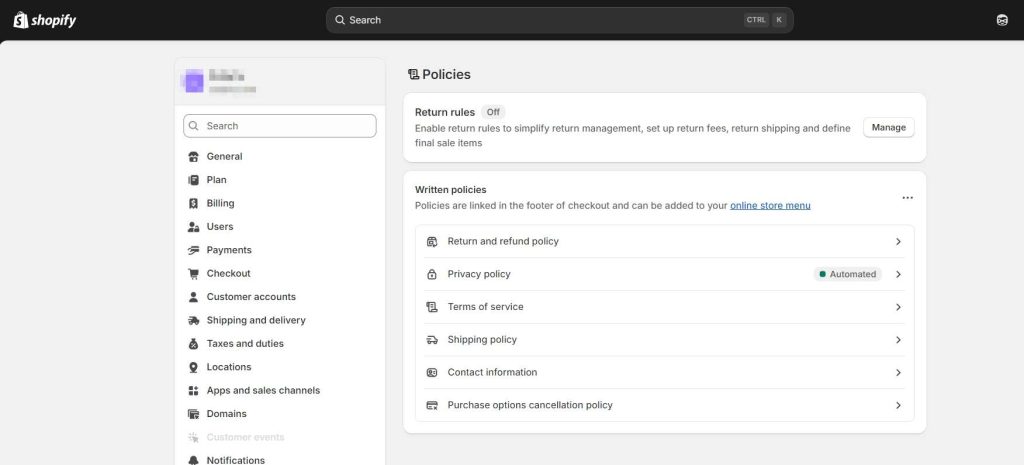
What Are the Key Strategies to Optimize Your Shopify Store for Sales and SEO?
Launching your store is just the beginning. The next phase is all about optimization: driving qualified traffic and converting that traffic into sales. This involves a combination of Shopify SEO, performance improvements, and strategic marketing.
On-Page SEO Fundamentals for Shopify
Search Engine Optimization (SEO) helps your store get discovered by customers searching on Google. Shopify has strong built-in SEO features, but you need to use them correctly.
- Optimize Titles and Meta Descriptions: For each product and collection, scroll down to the “Search engine listing” section. Write compelling page titles and meta descriptions that include your target keywords and give users a clear reason to click.
- Use Image Alt-Text: When you upload an image, click on it and add descriptive alt-text. This tells search engines what the image is about (e.g., “woman wearing red wool scarf in winter”), helping your products appear in Google Images search. It also improves accessibility for visually impaired users.
- Create a Logical Site Structure: Use Collections to group related products (e.g., “Men’s T-Shirts,” “Summer Skincare”). This helps both users and search engines understand your site’s hierarchy and find products easily.
- Start a Blog: A blog is one of the most powerful tools for attracting informational traffic. Write articles that answer your target audience’s questions. For example, a coffee brand could write an article titled “How to Brew the Perfect French Press Coffee at Home.”
Improving Site Speed for a Better User Experience
In 2025, speed is everything. A slow-loading website frustrates users and hurts your search engine rankings. Industry studies show that a one-second delay in page load time can reduce conversions by over 7%.
Here are actionable tips to speed up your Shopify store:
- Compress Images: Large image files are the number one cause of slow sites. Use a tool like TinyPNG or a Shopify app like Crush.pics to compress your images before uploading them.
- Limit App Installations: While apps are great, each one adds code to your store, which can slow it down. Only install apps that provide significant, measurable value and regularly audit and remove any you no longer use.
- Use a Fast, Lightweight Theme: Not all themes are created equal. Modern themes from the Shopify Theme Store are optimized for performance. Avoid bloated themes with excessive features you don’t need.
- Leverage Browser Caching: This is one less thing to worry about. Shopify already handles this on a server level by using a Content Delivery Network (CDN), which means your store’s files are stored on servers around the world, ensuring they load quickly for every visitor.
Must-Have Shopify Apps for Growth
The Shopify App Store is your secret weapon for growth. While you should be mindful of site speed, a few key apps can dramatically improve your marketing and sales results.
Consider adding an app from these essential categories:
- Email Marketing: Turn one-time buyers into repeat customers. Apps like Klaviyo or Omnisend allow you to build an email list, create automated email flows (like abandoned cart reminders), and send targeted campaigns that generate revenue on autopilot.
- SEO Optimization: Get an edge in search rankings. Apps like Yoast SEO or SEO Manager provide a suite of tools to help you optimize your store’s technical SEO, find broken links, and manage sitemaps more effectively.
- Customer Reviews: Social proof sells. Apps like Loox or Judge.me make it easy to collect and display product reviews, often with customer photos and videos. This builds immense trust and boosts conversion rates.
- Upselling & Cross-selling: Increase your average order value (AOV). Apps like ReConvert allow you to create custom post-purchase thank you pages with one-click upsell offers, turning a simple purchase into a larger sale.

How Can Shopify Dropshippers Streamline Their Supply Chain for Faster Growth?
For the thousands of entrepreneurs who choose Shopify dropshipping, the platform is only half the battle. Your success hinges almost entirely on your supply chain. Finding reliable suppliers, ensuring product quality, and delivering a great customer experience are constant challenges.
The Hidden Challenges of Traditional Dropshipping
Many new dropshippers start by sourcing products from public marketplaces like AliExpress. While this offers an easy entry point, it quickly reveals major operational headaches.
- Unreliable Supplier Quality & Communication: You’re often dealing with middlemen, not direct factories. Product quality can be inconsistent batch-to-batch, and communication barriers make resolving urgent issues nearly impossible.
- Long and Unpredictable Shipping Times: Slow shipping from overseas is a leading cause of customer complaints, negative reviews, and payment chargebacks. Packages get lost, tracking is poor, and delivery can take weeks or even months.
- Zero Quality Control: You never see the product before it’s sent to your customer. This leads to high return rates when customers receive items that are damaged, the wrong color, or simply don’t match the product description.
- Generic Packaging Kills Branding: Your product arrives in a generic, unbranded mailer, often with another company’s logo or invoice inside. This prevents you from building a memorable brand experience and makes it impossible to foster customer loyalty.
But here’s the crucial part… These problems aren’t just minor annoyances; they are business killers. They directly sabotage customer satisfaction, destroy your profit margins, and make it impossible to scale into a sustainable brand.
The Solution: Partnering with a Professional Dropshipping Agent
So, how do successful seven- and eight-figure dropshippers overcome these hurdles? They don’t use AliExpress. They partner with a professional dropshipping agent.
An agent acts as your dedicated on-the-ground team in the manufacturing hub. They are sourcing and fulfillment experts who manage your entire backend supply chain for you. This includes finding vetted factories, negotiating prices, inspecting every product, and managing custom packaging, warehousing, and shipping. It’s the professional solution for building a real, long-term brand.
Case Study: Gaining a Competitive Edge with Runtoagent
When it comes to finding a reliable agent, you need a partner with a proven system. Runtoagent is a leading example of how this model empowers Shopify sellers to move beyond the limitations of traditional dropshipping. Instead of dealing with headaches, you gain a powerful competitive edge.
Here’s how a partner like Runtoagent solves the core problems:
- Sourcing Excellence: Forget gambling on unknown suppliers. Runtoagent gives you access to its vetted network of thousands of factories, allowing you to source high-quality products directly and secure bottom-tier pricing that protects your profit margins.
- Free Quality Control: This is a game-changer for your bottom line. Every single item is inspected by the Runtoagent team before it ships. You receive free photos to verify quality, dramatically reducing return rates and protecting your brand’s reputation from negative reviews.
- A Branded Unboxing Experience: Stop advertising for AliExpress. Runtoagent allows for fully custom packaging, branded inserts, and personalized notes. This transforms a simple transaction into a memorable unboxing experience that builds a real business and encourages social sharing.
- Unified Fulfillment: You get a one-stop solution for warehousing and order fulfillment. This provides access to flexible, reliable, and faster logistics options that keep your customers happy and coming back for more.
- No MOQ (Minimum Order Quantity): Worried about investing thousands in inventory? Runtoagent’s model is perfect for testing new products. You can get started with no MOQ requirements, giving you the flexibility to innovate without taking on huge financial risk.

Conclusion: Your Shopify Store Is a Launchpad, Not a Finish Line
Building a Shopify website is an achievable and incredibly rewarding first step toward entrepreneurial freedom. We’ve covered the entire process: the initial technical setup, crafting a beautiful design that reflects your brand, and implementing key strategies to optimize for search and sales.
Remember, a successful online store is a living entity. It requires ongoing attention, testing, and optimization. You now have the 2025 blueprint to build a powerful e-commerce foundation and the knowledge to grow it effectively.
For dropshippers ready to move past supply chain hurdles and scale a real brand on Shopify, the next step is clear. Stop worrying about unreliable suppliers and start focusing on growth. Contact a Runtoagent sourcing expert today for a free consultation.
Frequently Asked Questions (FAQ)
- How much does it really cost to build a Shopify website?The core cost is your monthly Shopify plan, which starts at around 29/monthfortheBasicplan.Additionalcostscanincludeaone−timefeeforapremiumtheme(typically29/month for the Basic plan. Additional costs can include a one-time fee for a premium theme (typically 29/monthfortheBasicplan.Additionalcostscanincludeaone−timefeeforapremiumtheme(typically180-350)andmonthlysubscriptionsforanypaidappsyouinstall.Arealisticstartingbudget,includingthefirstmonth′splanandapremiumtheme,wouldbearound350) and monthly subscriptions for any paid apps you install. A realistic starting budget, including the first month’s plan and a premium theme, would be around 350)andmonthlysubscriptionsforanypaidappsyouinstall.Arealisticstartingbudget,includingthefirstmonth′splanandapremiumtheme,wouldbearound250-$400.
- Can I use my own domain name with Shopify?Absolutely. It is highly recommended. You can either buy a new domain directly through Shopify’s interface or, if you already own one from a third-party registrar like GoDaddy, you can easily connect it to your Shopify store in just a few steps from your settings menu.
- Is Shopify a good choice for absolute beginners?Yes, Shopify is widely considered the best e-commerce platform for beginners. Its user-friendly interface, 24/7 customer support, extensive documentation, and active community forums make it easy for anyone to build and manage an online store without any prior technical experience.
- How long does it typically take to build and launch a Shopify store?The timeline can vary based on your dedication and complexity. A focused entrepreneur could build and launch a basic store with a handful of products in a single weekend. A more complex store with extensive customization, a large product catalog, and custom branding might take a few weeks to perfect before launch.
- What is the main difference between Shopify and Shopify Plus?Shopify is designed for small to medium-sized businesses. Shopify Plus is the enterprise-level solution built for high-volume merchants and large businesses generating over $1M in annual revenue. It offers greater customization capabilities (like a customizable checkout), dedicated support managers, unlimited staff accounts, and the server infrastructure to handle thousands of orders per minute.

